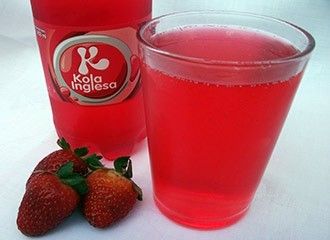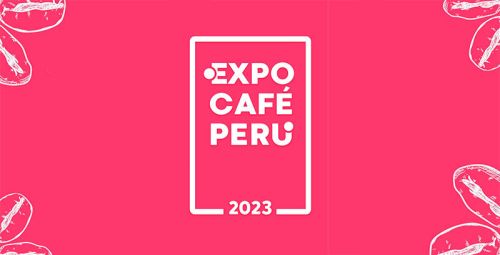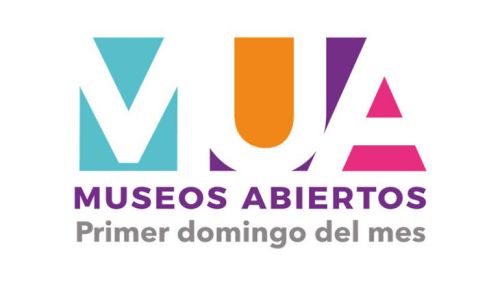Kola Inglesa (English Kola) is the seconded oldest soft drink created and produced in Peru. Introduced to the Peruvian market in 1912 by the beverage producer Manuel A. Ventura from La Victoria, Lima, the bright red and extremely sweet, carbonated drink with a strawberry-cherry-like flavor was produced and bottled at the - back then - super modern beverage factory Las Leonas in Rimac, Lima.
While the “Cola Roja” (red cola) over the following few decades never really gained huge popularity in Lima, it was quite successful in the Peruvian provinces.
In the 1970s the recipe of Kola Inglesa was sold to Enrique Heredia Alarcón who owned CEPSA (Compañía Embotelladora del Pacífico), a large Peruvian beverage producer which at that time - among other soft drinks such as Crush and Canada Dry - bottled Pepsi Cola in Peru.
With a new look and modern advertising campaign, “La chaposa mas sabrosa” (the tastiest refreshment) finally became highly popular among Peruvians, this time as well with Limeños, especially during the summer months spend at the Peruvian beaches; however, it never reached the famous and well-liked Inka Cola, introduced in 1935.
After CEPSA’s bankruptcy, the brand and recipe of Kola Inglesa was sold to the Coca-Cola Company. Not pushing the traditional Peruvian soft drink, Kola Inglesa soon lost its enormous popularity and, of course, market shares.
In 2013, Coca-Cola took countermeasures relaunching the brand as Fanta Kola Inglesa.
Popular mixed drinks and cocktails with Kola Inglesa include
- "Vamos boys" or "Pantera Rosa": Kola Inglesa mixed with pisco, condensed milk and ice - popular in the 1980s
- “Lija” or “Sangria”: Kola Inglesa mixed with red wine - popular with students
- “Vocky Berry”: Kola Inglesa mixed with vodka, strawberry, orange and cherry juice





























